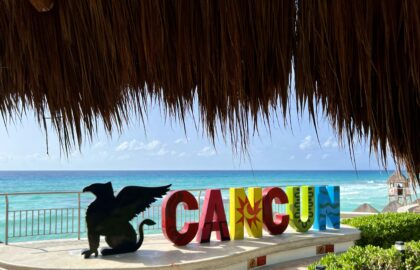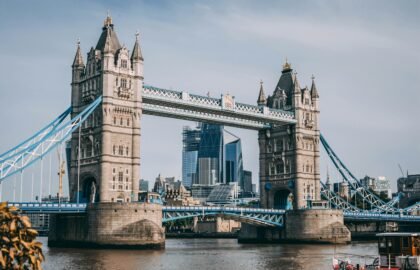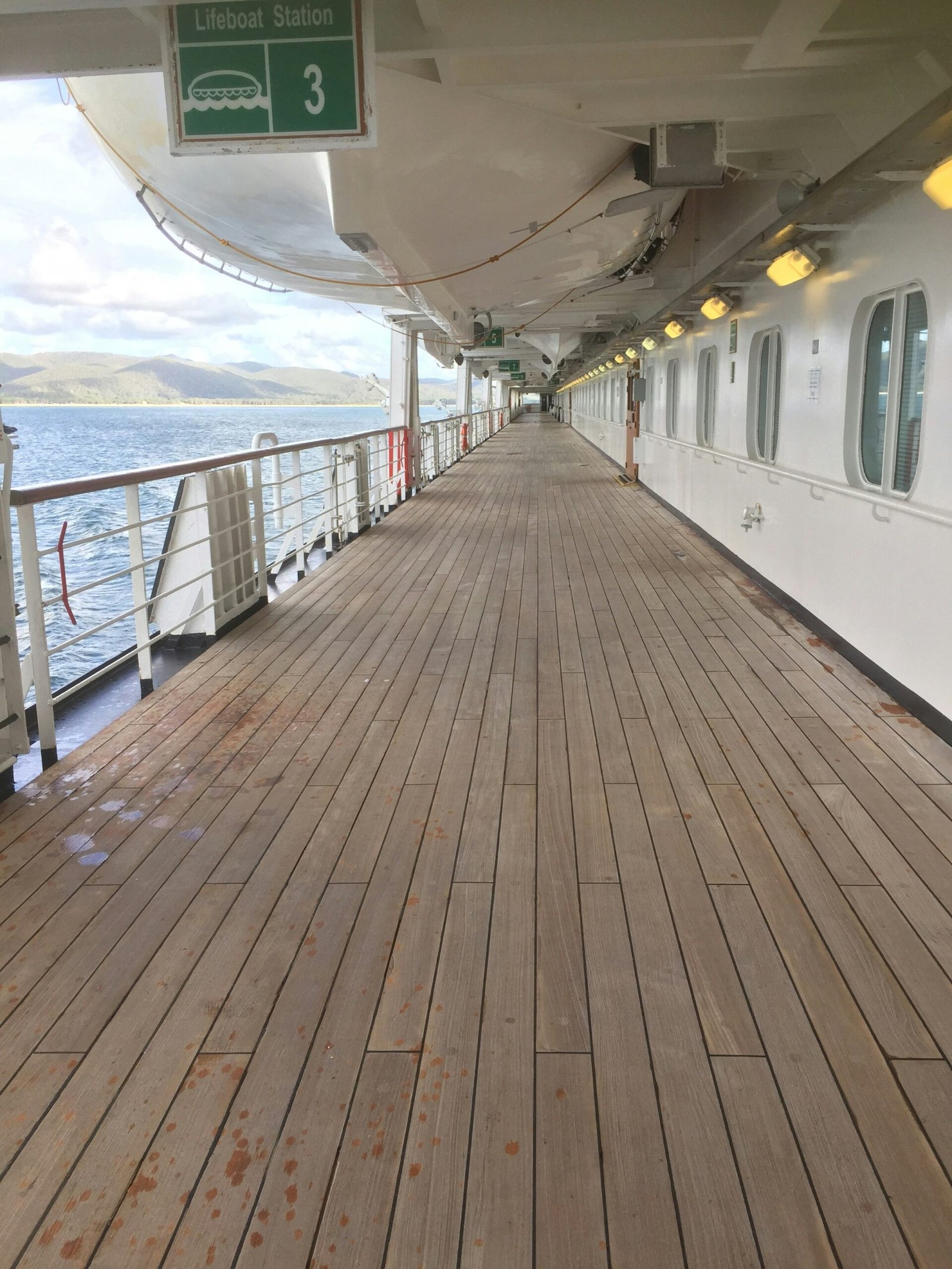Introduction to Norway’s Fjords
Norway’s fjords are among the most striking geographical formations in the world, formed primarily through the relentless erosion and glacial activity that took place during the last ice age. These deep, narrow inlets, commonly characterized by steep cliffs and often connected to the open sea, represent a unique interplay of natural forces that have shaped Norway’s landscape over millennia. The fjords not only contribute to the visual splendour of the Norwegian coast but also play a significant role in the ecology and economy of the region.
The most famous among these natural wonders include the Geirangerfjord and Nærøyfjord, both of which have been designated as UNESCO World Heritage Sites. Their breath taking beauty draws millions of tourists each year, eager to witness the dramatic scenery that includes waterfalls, lush greenery, and towering mountain peaks. These stunning landscapes have inspired countless artists, writers, and travellers who have sought to capture their essence and share it with the world.
Beyond their visual credentials, Norway’s fjords hold a deep cultural significance, serving as vital conduits for transportation and trade throughout history. They allowed early settlers to navigate the rugged coastline and facilitated communication between isolated communities. Furthermore, the rich marine ecosystems provide not just sustenance but have also historically supported local economies through fishing and more recently, tourism.
Today, organized tours, kayaking, and hiking opportunities thrive in these regions, marking the fjords as a focal point for the burgeoning tourism industry. With activities that range from scenic cruises to outdoor adventures, Norway’s fjords continue to enchant visitors and residents alike, acting as a bridge between the pristine natural environment and the unique cultural heritage of the Norwegian people.
Less Known Norway’s Fjords Worth Exploring
While Norway is renowned for its breath-taking fjords like the Geirangerfjord and Nærøyfjord, numerous lesser-known fjords beckon adventure seekers who wish to explore unique landscapes away from the tourist crowds. One such hidden gem is the Lysefjord, located in the southwestern part of Norway. Stretching approximately 42 kilometres, this fjord is famous for its dramatic cliffs, including the iconic Preikestolen, or Pulpit Rock. Visitors can embark on hiking trails that cater to all skill levels, offering stunning views and opportunities for photography. The tranquillity of Lysefjord is a perfect escape for those looking to connect with nature.
Another remarkable fjord worth considering is the Hardangerfjord, often overshadowed by its more famous counterparts. It boasts breath taking views, cherry orchards, and a rich cultural history. The area is replete with waterfalls, notably the Vøringsfossen, which plunges 182 meters down into a picturesque gorge. Visitors can engage in kayaking, hiking, and even vineyard tours, making Hardangerfjord an idyllic destination for a varied outdoor experience. The changing seasons further enhance its charm, with blooming orchards in spring and vibrant autumn colours.
For those seeking a more remote experience, the Sognefjord, the longest fjord in Norway, has several branches that lead to less-travelled areas. The Aurlandsfjord, a branch of Sognefjord, presents a serene atmosphere for kayaking, cycling, and fishing. Small villages along the shoreline serve as quaint stops, allowing visitors to appreciate local culture and hospitality. Each of these lesser-known fjords offers unique activities and natural beauty that enrich the exploration of Norway’s stunning landscapes, making them ideal for adventurers looking to step beyond conventional tourist paths.
Best Ways to Explore the Norway’s Fjords
The fjords of Norway offer breath taking landscapes and unique experiences, attracting travellers from all over the world. Choosing the right method to explore these stunning natural wonders can significantly enhance your journey. Various transportation options are available, each with its own advantages that cater to different preferences and interests.
One popular way to experience the fjords is through ferry rides. These scenic trips allow you to savour the captivating views from the comfort of a vessel, providing an excellent vantage point to see the towering cliffs and cascading waterfalls. Numerous ferry routes connect major towns and villages, making it convenient for travellers to hop between destinations while immersing themselves in the dramatic scenery.
For those seeking a more intimate connection with nature, kayaking is an exceptional choice. Paddling through the calm waters of the fjords offers a unique perspective, allowing you to glide silently past steep cliffs and spot wildlife up close. Renting a kayak or joining a guided kayaking tour enables adventurers to explore remote areas and hidden coves that are often inaccessible by larger vessels.
Hiking is another outstanding way to discover the fjords. Numerous trails, ranging from leisurely walks to challenging treks, wind through the fjord landscapes, offering panoramic views and the chance to experience the local flora and fauna. Popular hikes, such as the route to Preikestolen (Pulpit Rock) or Trolltunga (Troll’s Tongue), showcase the breath taking beauty of the region while providing opportunities for outdoor enthusiasts.
Lastly, scenic train rides, like the Flåm Railway, offer a comfortable and picturesque route through the mountains and valleys leading to the fjords. This mode of travel is especially suitable for families or those preferring a more relaxed pace, as the train journeys provide ample time to enjoy the stunning landscapes.
When selecting the best option, consider your travel style and the experiences you wish to prioritize. Guided tours can enhance your outing by providing in-depth commentary on the region’s history and culture, whereas independent travel allows more freedom and flexibility. Whichever method you choose, the fjords promise unforgettable moments filled with natural beauty.
Local Traditions and Culture Around the Fjords
The fjords of Norway are not just a stunning visual masterpiece; they also represent a rich tapestry of local traditions and culture that profoundly shape the communities inhabiting these breath taking landscapes. The history of these regions is intricately linked to the maritime environment, with communities often finding their identity through their connection to the sea. Fishing, once a lifeline, has evolved into both an economic activity and a cherished tradition. Festivals celebrating the fjords often feature seafood delicacies, showcasing the importance of this resource in local cuisine.
One of the well-known festivals that reflect the cultural ties to the fjords is the “Fjord Festival,” which celebrates the region’s maritime heritage with a series of events, including boat races, fishing competitions, and traditional music performances. Local artisans also take part, exhibiting crafts that often tell the story of seafaring life. These gatherings not only serve as a platform for cultural expression but also reinforce community bonds, drawing both locals and tourists who wish to savour the unique flavours of fjord life.
Furthermore, local traditions manifest significantly in the culinary scene, where dishes often feature ingredients sourced directly from the fjords. Delicacies such as “rakfisk” (fermented fish) and various seafood offerings, like fresh shrimp and cod, highlight the enduring link between local diets and the maritime environment. People pride themselves on their heritage, passing down recipes through generations, and thereby preserving their affluent maritime culture.
The cultural landscape around Norway’s fjords is rich, vibrant, and dynamic. By actively engaging in these local traditions and festivals, visitors gain a deeper appreciation for how life along the fjords is woven with a profound understanding of the sea and its resources. Through this lens, one can truly comprehend the historical and social significance of the fjords in shaping community identity and lifestyles.
Best Time of Year to Visit the Fjords
When planning a trip to Norway’s breath taking fjords, understanding the seasonal variations is crucial for maximizing the travel experience. Each season offers its own unique charm and activities, catering to different preferences among travellers.
Summer, from late May to early September, is one of the most popular times to visit the fjords. During this period, the weather is mild, with temperatures often ranging from 13 to 25 degrees Celsius (55 to 77 degrees Fahrenheit). The long daylight hours allow visitors to indulge in a variety of outdoor activities, such as hiking, kayaking, and cycling along the fjords. The lush greenery and vibrant wildflowers create stunning landscapes that are ideal for photography and sightseeing. However, this peak tourist season can result in crowded attractions, so early booking is advisable.
Autumn, particularly September and October, presents a quieter alternative to summer. This season showcases the fjords adorned in rich hues of red, orange, and gold, providing a breath taking backdrop for exploration. The temperatures begin to cool, typically ranging from 5 to 15 degrees Celsius (41 to 59 degrees Fahrenheit), but the clear skies make it an excellent time for hiking and enjoying nature. Adventure seekers can also witness the Northern Lights as they start to appear in late September, offering a spectacular spectacle in some regions.
Winter transforms the fjords into a serene and magical wonderland. From December to February, temperatures can drop below freezing, providing opportunities for winter sports like skiing and snowshoeing. The snow-covered mountains reflect beautifully in the icy waters, creating picturesque scenes. While some tourist activities may be limited during this season, the tranquillity and beauty of the fjords make it a unique time to visit for those seeking a peaceful getaway.
Lastly, spring, especially April and May, heralds the return of life to the fjords. The melting snow and blooming flowers signal the beginning of a new season, and the temperatures gradually warm up, averaging between 5 to 15 degrees Celsius (41 to 59 degrees Fahrenheit). This period is perfect for bird watching and enjoying the awakening nature, while the tourist crowds remain manageable before the summer rush begins.
Ultimately, the best time to visit Norway’s fjords hinges on personal preferences regarding weather, activities, and crowd levels. Each season holds unique experiences, making the enchanting fjords a year-round destination.
Most Spectacular Norway’s Fjords
Norway is renowned for its stunning fjords, each offering unique landscapes characterized by steep cliffs, cascading waterfalls, and tranquil waters. Among the most remarkable are Geirangerfjord and Nærøyfjord, both of which are recognized as UNESCO World Heritage Sites. These fjords not only exemplify natural beauty but also serve as prime destinations for travellers seeking remarkable experiences.

Geirangerfjord, often regarded as the crown jewel of Norway’s fjords, captivates visitors with its dramatic scenery. Towering cliffs rise to impressive heights, while the fjord’s emerald waters reflect the surrounding mountains. The Seven Sisters waterfall, a breath taking cascade, flows into the fjord, creating a picturesque backdrop. Wildlife enthusiasts may spot seals and various species of birds in this pristine environment, enhancing the overall experience of exploring this iconic location.
Another gem is Nærøyfjord, which is considered one of the narrowest fjords in Europe, featuring steep slopes that plunge into the water below. This fjord is celebrated for its lush vegetation and unique wildlife, providing stunning vistas that are perfect for photography and relaxation. The area is rich in history, with charming villages dotting the landscape, offering insights into the local culture and life along the fjord. Visitors can enjoy boat trips that traverse the waters, allowing for an intimate exploration of the surrounding beauty.
Aside from Geirangerfjord and Nærøyfjord, other notable mentions include Sognefjord, the longest fjord in Norway, and Lysefjord, famous for the iconic Preikestolen (Pulpit Rock) that towers above. Each fjord presents a unique experience, inviting travellers to immerse themselves in Norway’s breath taking natural environment. The allure of these spectacular fjords is undeniable, making them a must-see on any travel itinerary.
Activities to Enjoy in the Fjords
Norway’s fjords are renowned not only for their breath taking scenery but also for the plethora of activities that they offer. Visitors have numerous options for exploring these stunning landscapes, ensuring a memorable experience that caters to a variety of interests and adventure levels.
One of the most popular activities in the fjords is hiking. The region boasts numerous trails that range from leisurely walks to challenging hikes. Popular routes, such as the trek to Preikestolen (Pulpit Rock) and Kjeragbolten, attract hiking enthusiasts from around the world. These trails provide stunning panoramic views and a unique opportunity to immerse oneself in Norway’s spectacular natural beauty.
For those who enjoy fishing, the fjords offer an array of opportunities to cast a line. Both deep-sea and freshwater fishing are prevalent, with species such as salmon, trout, and cod available. Visitors can join guided fishing trips, which not only facilitate access to prime fishing spots but also ensure a knowledgeable guide to enhance the experience.
Diving is another thrilling way to experience the fjords. The crystal-clear waters reveal an underwater world teeming with life, including diverse fish species and vibrant marine ecosystems. Exploring the fjord’s depths can be a truly enchanting adventure for certified divers looking to discover the hidden wonders beneath the surface.
During the winter months, the area transforms into a winter wonderland, offering opportunities for skiing, snowboarding, and snowshoeing. The breath taking landscapes blanketed in snow create a picturesque setting for winter sports enthusiasts. Furthermore, fjord cruises are popular year-round, providing guided excursions for wildlife watching and cultural tours, allowing visitors to spot sea eagles, seals, and even dolphins while learning about the rich history of the region.
In conclusion, the activities available in Norway’s fjords are as diverse as the landscapes themselves, catering to both adventure seekers and those wishing to savour the serene beauty of nature. Each activity presents a unique way to engage with the stunning environment, ensuring an unforgettable experience for every traveller.
Safety Tips for Fjord Exploration
When embarking on an adventure to Norway’s fjords, ensuring personal safety and environmental respect should be paramount. The weather in this region can be unpredictable and change rapidly, making it crucial for travellers to stay updated on forecasts and to prepare for varying conditions. Checking local weather reports before commencing your journey can help you avoid potential hazards associated with sudden storms or temperature drops.
Appropriate gear is also essential for any fjord exploration. Comfortable, moisture-wicking clothing suitable for layering is recommended, as temperatures can fluctuate throughout the day. Sturdy footwear, such as waterproof hiking boots, will provide necessary support and protection when navigating rugged terrain. Additionally, carrying essentials like a map, first-aid kit, and GPS device can enhance safety during your fjord journey.
Wildlife is prevalent in Norway’s fjords, and while observing animals in their natural habitats can be exciting, it is essential to maintain a respectful distance. Travelers should avoid feeding or approaching wildlife, as this disrupts their natural behaviours and poses risks for both parties. Familiarizing oneself with local fauna can also help in understanding which species to watch for and how to act if encountered.
Moreover, it is imperative to uphold principles of responsible tourism. This includes adhering to designated trails, packing out what you pack in, and minimizing disturbances to the local environment. Being mindful of any cultural practices or sensitivities in the regions you visit also fosters positive interactions with the communities. Engaging in sustainable tourism practices ensures that these breath taking fjords remain preserved for future generations to explore and enjoy.
Conclusion and Encouragement to Visit the Fjords
Norway’s fjords present an unparalleled opportunity to immerse oneself in nature’s majesty. Throughout this exploration, we have uncovered the breath taking landscapes, unique geological formations, and diverse ecosystems that define these iconic features of the Norwegian coastline. The sheer scale and beauty of the fjords offer a distinctive experience, whether one is gazing at their dramatic cliffs or sailing through their tranquil waters. Additionally, the vibrant cultural tapestry woven by the coastal communities adds an enriching layer to the journey, allowing visitors to appreciate Norway’s rich heritage.
Adventure seekers will find a plethora of activities to engage in, from hiking rugged trails to kayaking in serene waters. The opportunity to witness the Northern Lights or experience the midnight sun amplifies the allure of these natural wonders. Each fjord is like a window into the heart of Norway, a place where one can reconnect with nature, indulge in thrilling pursuits, and savour moments of tranquillity far removed from urban life.
As you contemplate your next travel destination, consider the fjords of Norway as a prime candidate. Their dramatic scenery and wealth of activities provide an ideal backdrop for both adventure and relaxation. From the iconic Geirangerfjord to the serene Lysefjord, every corner of this stunning region has something unique to offer. By embarking on this journey, you will not only witness some of the most remarkable landscapes on Earth but also create memories that will last a lifetime. Therefore, take that step and plan your visit to experience the breath taking fjords of Norway—an adventure awaiting your discovery.
If visit Norway don’t forget to read our article about Chasing the Northern Lights: Your Ultimate Guide to the Aurora Borealis
More information’s about Aurora Borealis
Discover more from Relax Around The World
Subscribe to get the latest posts sent to your email.







